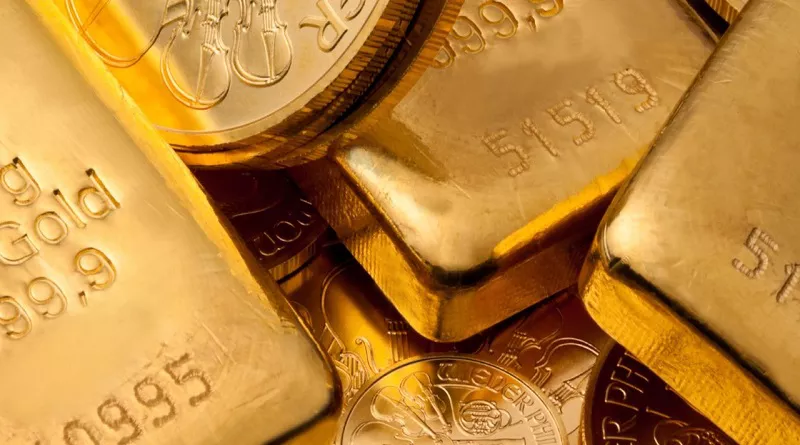In a sudden and dramatic turn of events, gold prices experienced their most significant gain since July, reaching a weekly high on Monday. The surge in demand for the precious metal followed heightened tensions in the Middle East, triggered by the recent Hamas attack on Israel.
Spot gold made an impressive 1.0% jump, reaching $1,850.26 per ounce by 1 p.m. EDT. This marked its highest price point since September 29. Simultaneously, US gold futures also rose by 1.0%, trading at $1,863.60 per ounce in New York.
During the session, the precious metal had surged by as much as 1.2% before slightly retreating. Financial markets braced for potential headwinds and increased volatility in response to the shock attack by Gaza militants.
The conflict in the Middle East had broader implications, causing oil prices to surge as fears of escalating tensions in the region, which supplies almost a third of the world’s oil, intensified. Additionally, the US dollar strengthened amid the uncertainty.
David Lennox, an analyst at market research firm Fat Prophets, commented on the situation, stating, “While the sudden crisis in Israel has added a small premium to gold, bigger gains will only come if there is a much more substantial escalation across the region.”
Gold had already started to rally on Friday, recovering from approaching its lowest level since March. This decline had been prompted by signals from the Federal Reserve, indicating its intention to maintain a tight monetary policy.
The growing tensions in the Middle East have introduced a new variable into the equation. Ole Hansen, head of commodity strategy at Saxo Bank A/S, noted, “The tensions in the Middle East may mean that the Federal Reserve will not ‘continue to hike rates into increased uncertainty, and the prospect for peak rates has suddenly moved closer despite the potential inflationary impact of higher oil prices.'”
Hansen added, “We conclude that this development could signal a low in the gold price, and as the attention turns to rate cuts instead of hikes, it may receive additional demand from investors.”
Notably, hedge fund managers trading Comex futures have shifted to a net short position for the first time in 11 months, while investors in exchange-traded funds have continued to sell the precious metal. As geopolitical tensions unfold, the landscape for gold remains dynamic and subject to rapid change, leaving investors and analysts closely monitoring the situation.

